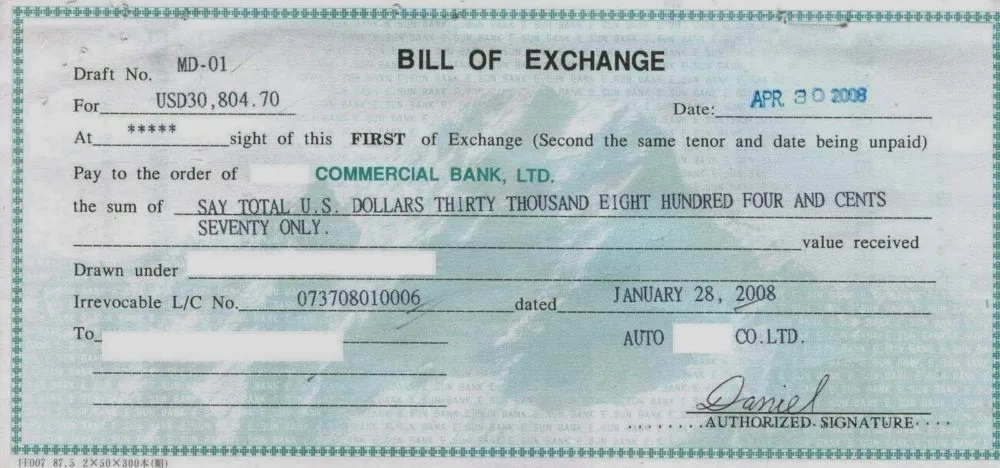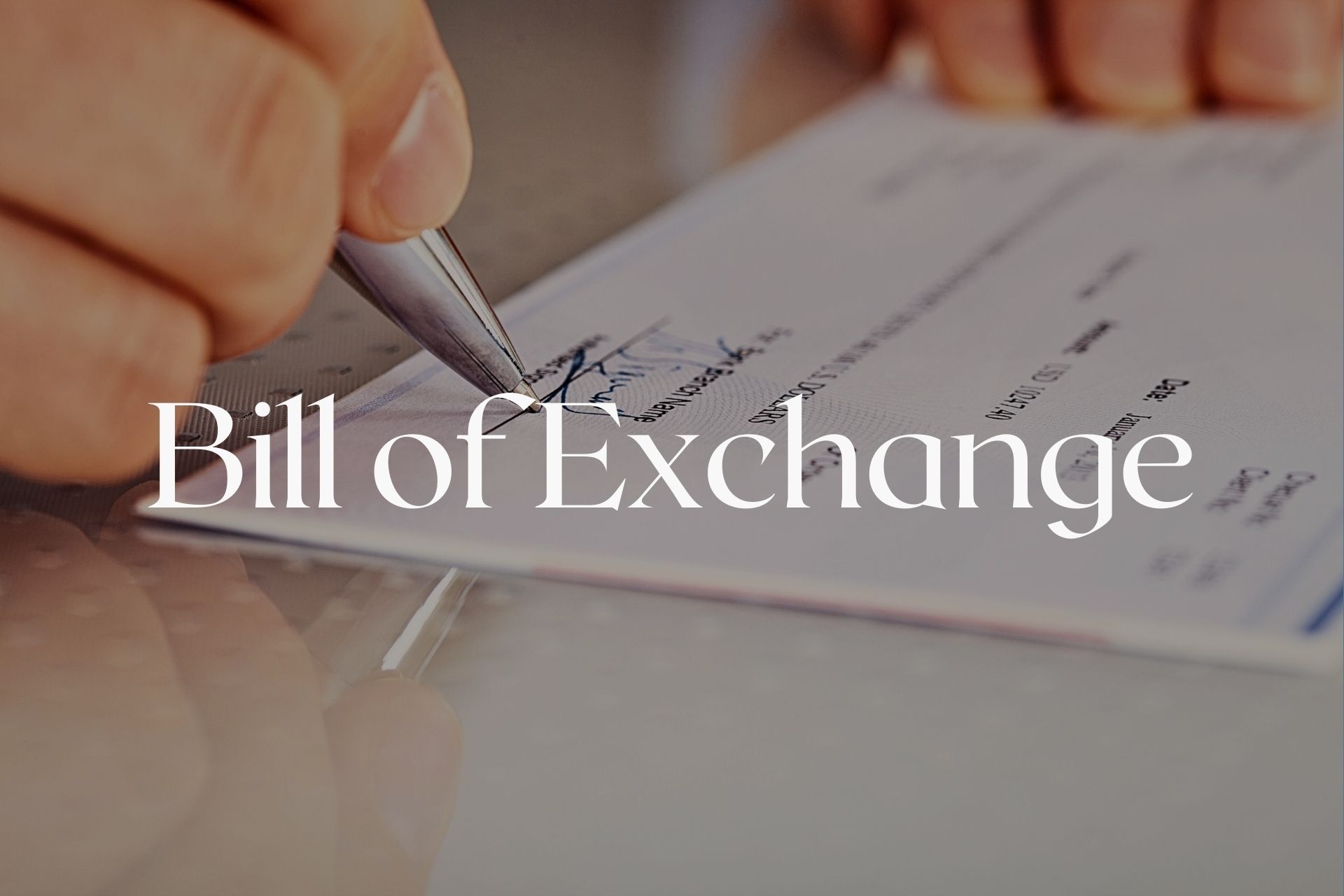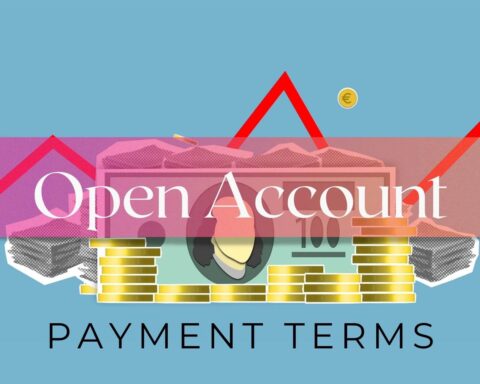In international trade finance, sellers rely on various payment instruments to ensure secure and efficient transactions. One such instrument that plays a vital role in trade operations is the “bill of exchange.” This article aims to provide an in-depth understanding of bill of exchange, including their significance, working mechanism, types, and practical applications in the world of international trade finance.
The Need for Bill of Exchange in Export Finance
When engaging in export finance, sellers often encounter two primary challenges:
- Ensuring a Promise of Payment: Sellers need a separate promise of payment that is independent of the underlying transaction. This promise should provide reassurance that payment will be made, regardless of any unforeseen circumstances or disputes that may arise between the buyer and seller.
- Access to Immediate Cash: In some cases, sellers may require immediate cash instead of waiting for the payment to be made at a future date. This liquidity can be crucial for their business operations, such as fulfilling additional orders or managing cash flow effectively.
Bill of exchange serves as an effective solution to address these challenges. By obtaining acceptance (signature) on a bill of exchange, the seller receives a distinct promise of payment. This promise is not contingent on the transaction itself but stands as an independent commitment from the buyer or the buyer’s bank. Furthermore, depending on the party that accepts the bill of exchange, it can be discounted with a finance house, allowing the seller to trade the promise of payment for immediate cash.
Understanding Bill of Exchange

A bill of exchange is an unconditional, written order issued by one person (the drawer) to another person (the drawee). The bill is signed by the drawer and directs the drawee to pay a certain sum of money either on demand or at a fixed or determined future time to a specified person or to the bearer of the bill. In simpler terms, it is a legally binding document that ensures the payment of a specified amount by a specific date.
Bills of exchange are classified as negotiable instruments, making them an integral part of documentary credit or documentary collection operations. A clear understanding of bills of exchange is essential to comprehending other trade finance instruments commonly employed in international trade transactions.
The Role of Banks and Creditworthiness
Banks play a significant role in the world of bills of exchange. They are often referred to as the custodians of “paper” because their involvement adds credibility and security to the payment instrument. The creditworthiness of the drawee, i.e., the party responsible for making the payment, is a crucial factor that affects the value of the bill of exchange. Drawing the bill of exchange on a reputable bank provides an added layer of security for sellers, as banks are generally considered reliable in meeting their financial obligations.
Working Mechanism of Bill of Exchange
To understand the working mechanism of bills of exchange, let’s break down the process into several steps:
- Issuance: The bill of exchange is issued by the drawer, who can be either the seller or the seller’s bank. The drawer registers the bill as a legal tender by paying the necessary stamp duties. The bill of exchange is then presented to the drawee, who is typically the buyer or the buyer’s bank. The bill of exchange contains an order for the drawee to pay a specific sum of money to the beneficiary (the seller) or the bearer of the bill at a designated future date.
- Acceptance: Once the drawee accepts the bill of exchange, it becomes proof of their indebtedness. This acceptance is independent of the underlying contract or documentary credit, meaning the drawee is legally obligated to fulfill the payment specified in the bill of exchange, regardless of any issues that may arise between the buyer and seller.
- Payment: On the maturity date specified in the bill of exchange, the seller presents the bill to the drawee for payment. The drawee is legally bound to honor the bill and make the payment as agreed.
Types of Bills of Exchange
Several types of bills of exchange cater to different requirements in international trade finance. Some common types include:
- Sight Bills of Exchange: These bills require immediate payment upon presentation. The drawee must make the payment as soon as the bill is presented.
- Term Bills of Exchange: These bills specify a future date for payment. The buyer accepts the bill, committing to pay the specified amount in the indicated currency on the stated date. The bill is held by the seller’s bank or returned to the seller for safekeeping until maturity, when it is presented to the buyer for payment.
- Bill of Exchange Guarantee (“Aval”): In situations where sellers have concerns about the buyer’s ability to fulfill the payment obligation, or when dealing with new clients without an international track record, buyers may request their bank to act as a guarantor. The guaranteed bill of exchange is generally payable at the counters of the guarantor bank, providing additional reassurance to the seller.
- Negotiable Instruments: Term bills of exchange are negotiable payment order instruments, allowing transfer to another party through endorsement. Sellers can discount term bills of exchange by trading them for immediate payment from a bank or other willing purchasers.
Practical Applications of Bills of Exchange
Bills of exchange find practical applications in various scenarios within international trade finance. They are commonly used in Letter of Credit or Cash Against Documents operations to facilitate secure and efficient payment processes. By leveraging bills of exchange, sellers can ensure timely and reliable payment, even in complex cross-border transactions.
In a Nutshell
Bills of exchange serve as a crucial payment instrument in international trade finance. They provide sellers with a separate promise of payment, independent of the underlying transaction, ensuring security and peace of mind. Additionally, the possibility of discounting bills of exchange for immediate cash offers liquidity benefits to sellers. By understanding the intricacies of bills of exchange, exporters can navigate the complexities of trade operations and foster successful international business transactions. These instruments contribute to the seamless functioning of the global trade ecosystem, enabling sellers to optimize their financial operations and mitigate risks effectively.












